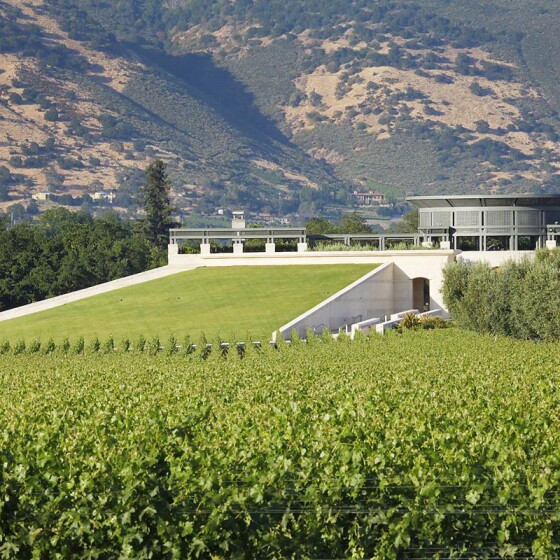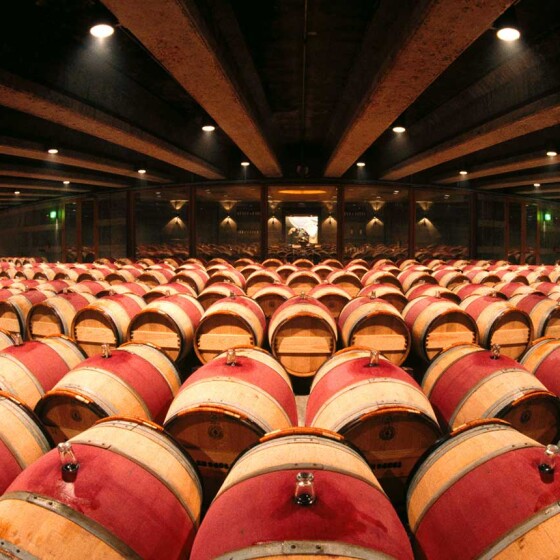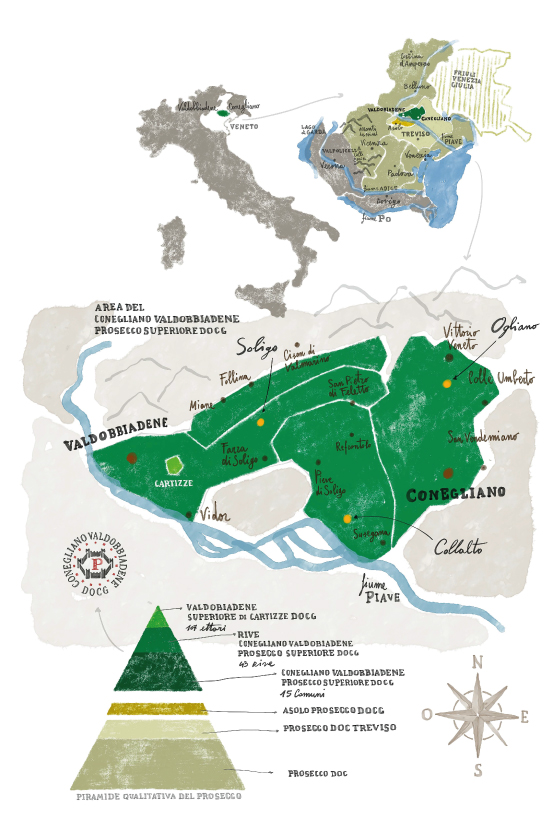

THE COMPANY
Born in 1979 from the encounter of two men who were symbols of the oenology of the last century: Philippe de Rothschild (the man who reinvented Mouton Rothschild) and Robert Mondavi, one of the pioneers of wine in the United States. Together, the two founders decided to create a single wine aimed at uncompromising quality. The estate vineyards, consisting of four parcels, are located in the western part of Oakville: 100 acres in To Kalon while another 70 acres in the Ballestra and River parcels, surrounding the winery where tradition is perfectly integrated with innovation. Michael Silacci, the winery’s talented winemaker, combines intuition and technical acumen with the dual perspective of winemaker and winemaker, offering wines of great depth each year. A Latin name to make it “easy” for both languages for what is considered the first “great” wine of the new world.













